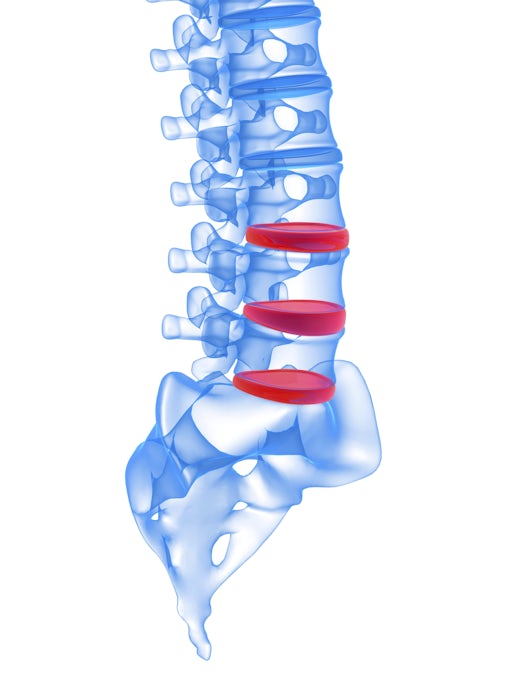
Sciatica is a common yet often misunderstood condition that affects many people, causing discomfort, pain, and disruption to daily life. At our chiropractic and remedial massage therapy clinic, we see firsthand how debilitating sciatica can be and how effective the right treatments are in providing relief. Let’s explore what sciatica is, its causes and symptoms, and how we can help you find relief.
What is Sciatica?
Sciatica refers to pain that travels along the path of the sciatic nerve, the longest nerve in the body. This nerve runs from the lower back, through the hips and buttocks, and down each leg. Sciatica isn’t a condition itself but a symptom of an underlying issue, such as a compressed or irritated nerve in the lower back.
Common Causes of Sciatica
Sciatica often occurs when the sciatic nerve is pinched, compressed, or inflamed. Common causes include:
- Herniated or bulging discs: When spinal discs press on nearby nerves.
- Spinal stenosis: A narrowing of the spinal canal that compresses nerves.
- Piriformis syndrome: Tightness or spasms in the piriformis muscle irritating the sciatic nerve.
- Degenerative disc disease: Age-related wear and tear on the spine.
- Poor posture or lifestyle factors: Prolonged sitting, improper lifting, or limited physical activity can strain the lower back.

Symptoms of Sciatica
Sciatica pain can vary in intensity and location, but typical symptoms include:
- A sharp, shooting pain starting in the lower back or buttock and radiating down one leg.
- Tingling, numbness, or weakness in the affected leg or foot.
- Pain that worsens with prolonged sitting, standing, or sudden movements like coughing or sneezing.
If you’re experiencing any of these symptoms, it’s important to seek professional assessment to determine the root cause and start a treatment plan.

How Chiropractic Care Can Help
Chiropractic care focuses on addressing the underlying issues causing sciatica, providing long-term relief. Here’s how:
Spinal Adjustments
Gentle adjustments realign the spine, relieving pressure on the sciatic nerve. This helps to reduce pain, improve mobility, and support the body’s natural healing processes.
Postural and Lifestyle Guidance
Your chiropractor can identify habits or movements that may contribute to sciatica and offer practical advice on improving posture and ergonomics.
Customised Treatment Plans
We tailor treatments to your specific condition, ensuring a holistic approach to your recovery.

How Remedial Massage Therapy Supports Sciatica Recovery
Remedial massage therapy complements chiropractic care by addressing soft tissue tension and promoting healing.
Targeted Muscle Release
Tight muscles, such as the piriformis, can exacerbate sciatica. Massage therapy relaxes these muscles, easing nerve irritation.
Improved Circulation
Massage increases blood flow, speeding up the healing process and reducing inflammation around the sciatic nerve.
Stress Reduction
Chronic pain can lead to stress and tension, which may worsen symptoms. Remedial massage promotes relaxation, helping to break this cycle.

While mild sciatica may resolve on its own, persistent or severe symptoms should be addressed promptly. Early intervention can prevent worsening pain and long-term complications.
Living with sciatica doesn’t have to be your reality. At our clinic, our experienced chiropractors and remedial massage therapists work together to provide effective, personalised care for sciatica relief.
If you’re ready to take the first step toward feeling better, book an appointment today. Let’s work together to get you back to living pain-free.
Contact Us


